If you’re tired of the same old embroidery patterns and are looking to add a touch of elegance and creativity to your projects, then cutwork embroidery might be just what you need.
This embroidery is a technique that involves cutting out sections of fabric and then stitching intricate designs around the edges.
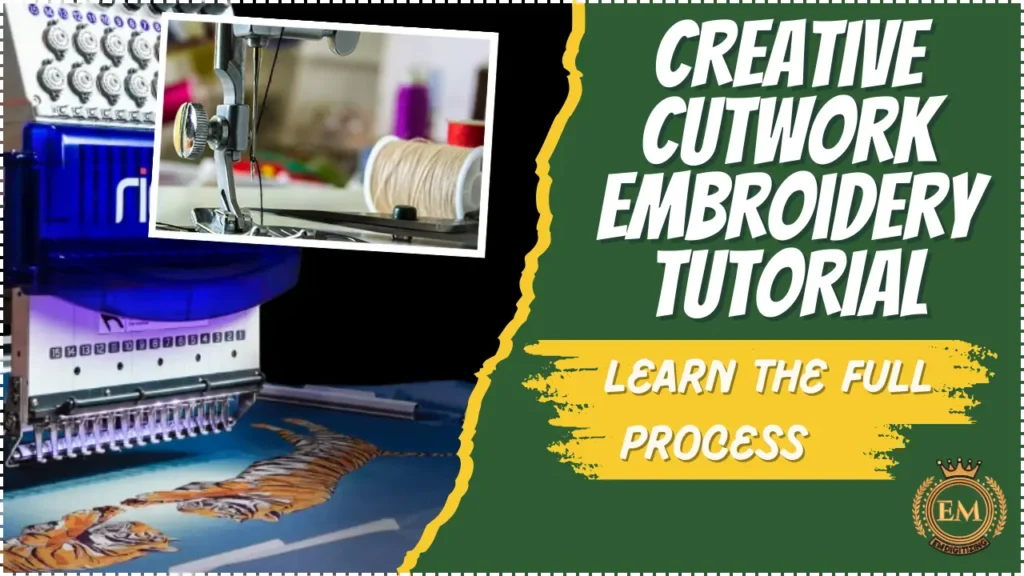
The result is a beautifully textured and dimensional piece of art that will make your embroidery stand out from the crowd. This comprehensive tutorial will guide you through every step of the creative cutwork process.
So, let’s get started:
Creative Cutwork Embroidery Tutorial: Learn the Full Process
Tools and Materials Needed for Cutwork Embroidery:
First, gather all essential tools and materials needed for this process:
Essential Tools:
To get started with this embroidery, you’ll need a few essential tools.
These include an embroidery machine capable of performing cutwork, embroidery scissors, embroidery needles, and embroidery thread. You may also require a hoop or frame to secure your fabric, as well as a water-soluble stabilizer to support the fabric during stitching.
Choosing the Right Fabric:
Not all fabrics are suitable for cutwork design. You’ll want to choose a fabric that has a tight weave and is sturdy enough to withstand the cutting process.
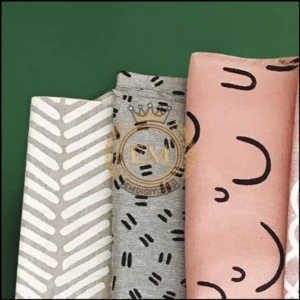
Fabrics like cotton, linen, and silk are excellent options. Avoid fabrics that are too stretchy or prone to fraying, as they may not hold up well during the cutwork process.
Selecting the Right Threads and Needles:
When it comes to thread types and needles, opt for high-quality embroidery threads that match your fabric and design. Metallic and variegated threads can create stunning effects, but make sure they are compatible with your embroidery machine.
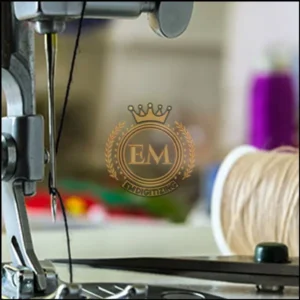
As for needles, choose sharp and thin needles that glide through the fabric easily, without leaving noticeable holes.
Step-By-Step Process Of Cutwork Embroidery:
Embarking on a cutwork project with your trusty embroidery machine? Fantastic!
Here’s a step-by-step guide to help you navigate through the process with ease.
Step 1 – Washing and Ironing the Fabric:
Before starting your project, it’s essential to wash and iron the fabric. This step ensures that any shrinkage or color bleeding occurs before you embroider on the fabric.
Ironing also helps create a smooth and wrinkle-free surface for stitching, which is vital for precise cutwork.
Step 2 - Stabilizing the Fabric:
To stabilize the fabric during the cutwork process, you’ll need to use a water-soluble stabilizer. This stabilizer provides temporary support to prevent the fabric from shifting or stretching while stitching.
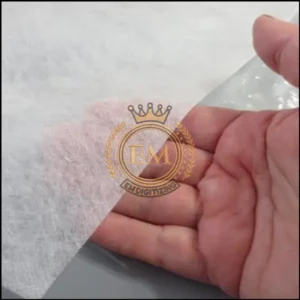
It dissolves easily in water, leaving behind only your beautifully stitched cutwork design. Follow the instructions provided with your stabilizer for the best results.
Step 3 – Design Selection:
There are countless sources of inspiration for cutwork embroidery designs. Browse through embroidery design books, magazines, or online platforms to find patterns that catch your eye.
If you find an existing embroidery design that you love but want to incorporate cutwork, don’t be afraid to adapt it.
With the help of an embroidery software program, you can modify the design by adding cutwork elements. This allows you to personalize and tailor the design to suit your project perfectly.
In case you don’t know how to digitize cutwork design you can hire us. We digitize it for you with the promise of high quality at the most affordable price possible.
Step 4 – Setting Up Your Embroidery Machine:
Let’s get your embroidery machine ready for some cutwork magic! Make sure it’s properly plugged in and turned on.
Choose the appropriate needle and thread for your project, and attach them to the machine. Don’t forget to check the tension settings too, as they can affect the outcome of your embroidery.
Step 5 - Transferring the Design to the Machine:
Now that your machine is all set, it’s time to transfer your chosen design. You can either download a design file online or create your own using embroidery software.
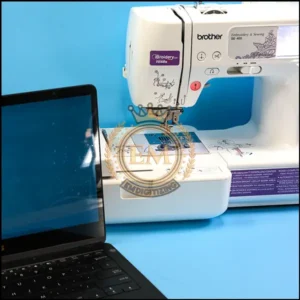
Once you have the file, connect your machine to your computer or use a USB drive to transfer the design. Navigate to the design menu on your machine, select the file, and voila! Your design is ready to be embroidered.
Step 6 – Embroidery Process:
Press the start button, and let the machine work its magic. As the embroidery progresses, you might need to trim away excess fabric from time to time, following the outline of the cutwork design.
Listen to the machine’s prompts and follow its lead. Once the design is complete, remove the hoop and marvel at your beautiful cutwork embroidery creation!
Finishing Touch to Your Cutwork Embroidery Piece:
Congratulations, you’ve completed your cutwork project!
Now it’s time to give it the finishing touches it deserves and make sure it lasts a lifetime.
Removing Excess Fabric and Threads:
Once your embroidery is complete, it’s time to clean up any excess fabric or loose threads.
Carefully trim away any excess fabric around the edges of the design using sharp embroidery scissors. Check for any stray threads and snip them off to give your piece a polished look.
Blocking and Framing the Finished Cutwork Design:
To ensure your embroidery stays in shape and looks its best, consider blocking it. Blocking involves gently dampening the fabric and stretching it to the desired shape and size.
Allow it to dry completely before framing it. Speaking of framing, choose a frame that complements your design and showcases it beautifully.
Final Thoughts:
By mastering the techniques and following the step-by-step process outlined in this tutorial, you can create stunning cutwork pieces that are sure to impress.
Whether you’re embellishing garments, home decor items, or personalized gifts, the art of cutwork embroidery allows you to elevate your creations to a whole new level.
So, grab your embroidery machine, experiment with different designs, and let your imagination soar as you explore the art of cutwork design.
EMdigitizing: Embroidery Digitizing Expert At Your Service:
Are you looking for help with turning your designs into embroidery?
Check out EMdigitizing! We specialize in embroidery digitizing and have a great deal for you. If you’re a first-time customer, you get a huge 50% off on all our services.
Our team is an expert in digitizing, they take your design and carefully digitize it, making sure it’s ready quickly and without costing you a lot.
Got any questions? Just contact us.
Our team is always here to help and will get back to you fast. And if you think this info is helpful, feel free to share it with your friends.
Thanks for reading, and happy stitching!
Frequently Asked Questions:
Embroidering on organza requires using a stabilizer to prevent puckering and choosing fine, sharp needles and lightweight thread.
The best fabric for cutwork is typically a closely woven fabric like linen or cotton, which holds shapes well and doesn’t fray excessively.
Common stitches used for cutwork embroidery include buttonhole stitch, satin stitch, and running stitch.
To do cutwork at home, start by transferring your design onto the fabric, securing the fabric in an embroidery hoop, and then carefully cutting out the design areas before embroidering around the cutouts to enhance and secure the edges.
